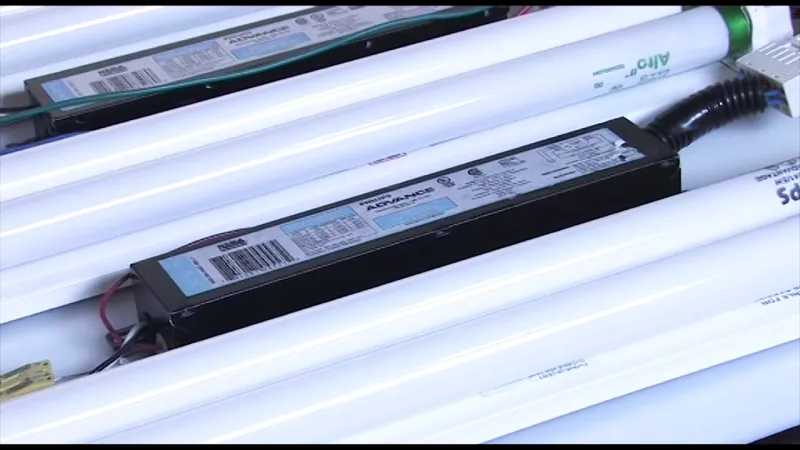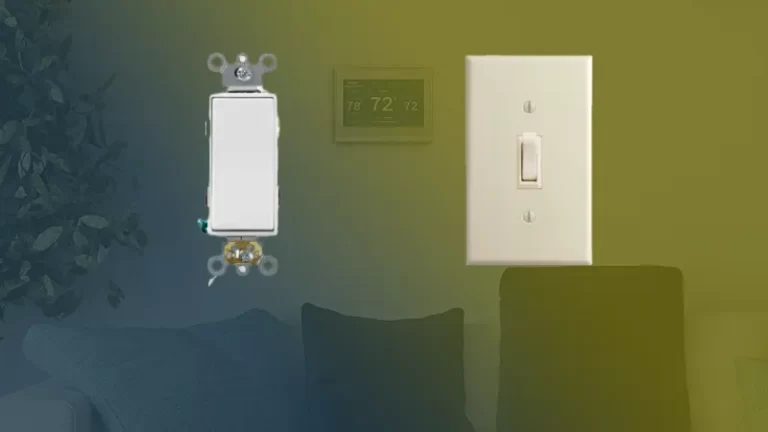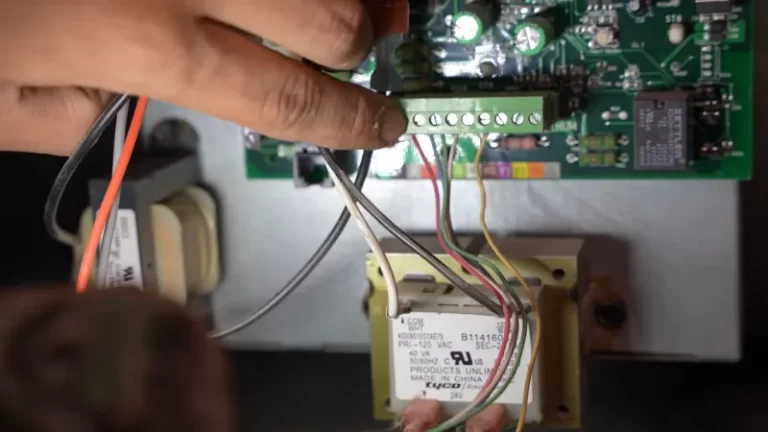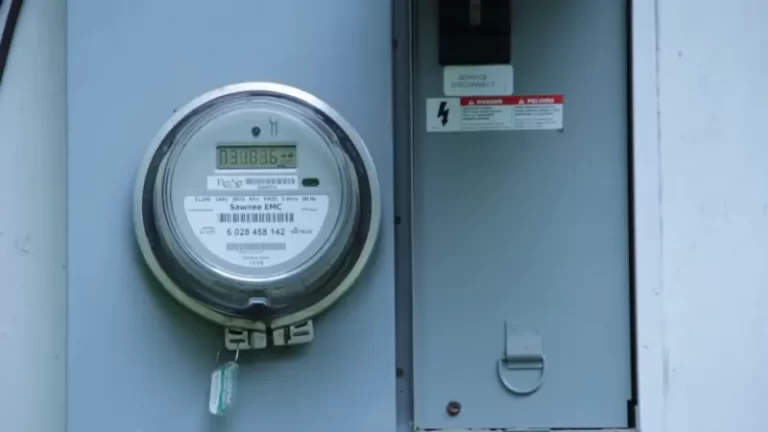Fluorescent Ballast Compatibility – KB222 Ballast

The KB222 ballast is a device that is used to regulate the flow of electricity in a lighting system. It is an essential component that helps to ensure that the bulb is receiving the correct amount of power and operating at the appropriate voltage.
When selecting a ballast, it is important to consider the specific requirements of the bulb and the electrical specifications of the fixture and wiring in the location where it will be installed. Using the wrong ballast can result in a variety of issues, including reduced performance, shortened bulb life, and potentially even damage to the fixture or surrounding electrical system.
Therefore, it is important to carefully consider the specific needs of your lighting system when selecting a ballast.
You'll Learn About
Understanding the KB222 Ballast
There is limited information available about the KB222 ballast, and it is not a widely recognized or commonly used model. It is important to carefully verify the compatibility of any replacement ballast with the specific requirements of the bulb and the electrical specifications of the fixture and wiring in the location where it will be installed.
Using a ballast that is not compatible with the bulb or the electrical system can result in reduced performance, shortened bulb life, and potentially even damage to the fixture or surrounding electrical system.
Therefore, it is essential to ensure that any replacement ballast is suitable for use with the specific bulb and electrical system in question. This may involve consulting with a qualified electrician or referring to the manufacturer’s documentation for guidance.
Selecting a Replacement Ballast
There are several factors to consider when selecting a replacement ballast for a lighting system. These may include:
Compatibility With the Bulb
It is essential to ensure that the ballast is compatible with the specific type of bulb being used. This may involve considering factors such as wattage, voltage, and base type.
Compatibility With the Electrical System
The ballast should be compatible with the electrical specifications of the fixture and wiring in the location where it will be installed. This may include factors such as voltage, amperage, and frequency.
Type of Ballast
There are two main types of ballasts: magnetic and electronic. Magnetic ballasts are typically larger and less efficient, while electronic ballasts are smaller and more energy-efficient. It is important to choose the type of ballast that is best suited to the specific needs of the lighting system.
Quality
It is important to choose a high-quality ballast that is reliable and durable. This may involve considering factors such as the manufacturer’s reputation and the ballast’s warranty and guarantee.
Here are a few tips for finding the right ballast for a specific bulb and fixture:
- Consult with a qualified electrician: A qualified electrician will have the expertise and knowledge to help you choose a ballast that is suitable for your specific needs.
- Refer to the manufacturer’s documentation: The manufacturer’s documentation should provide specific guidance on the requirements and compatibility of the ballast.
- Consider purchasing from a reputable supplier: Choosing a ballast from a reputable supplier can help to ensure that you are getting a high-quality product.
Look for Ballasts That Are Specifically Designed for the Type of Bulb and Fixture You Are Using
Many manufacturers offer ballasts that are specifically designed for specific types of bulbs and fixtures. These may be a good choice as they are likely to be more compatible with your specific needs.
Installing a Replacement Ballast
Installing a replacement ballast involves working with electrical systems, which can be dangerous if not done properly. It is important to follow these safety precautions to protect yourself and others:
- Turn off the power: Before beginning any work on an electrical system, be sure to turn off the power to the circuit at the main breaker or fuse box.
- Wear protective gear: Wear gloves and safety glasses to protect yourself from electric shock and debris.
- Follow manufacturer’s instructions: Be sure to carefully read and follow the manufacturer’s instructions for installing the ballast.
- Use proper tools: Use the appropriate tools for the job, such as wire strippers and a voltage tester.
Keep the Area Well-ventilated
Working with electrical systems can produce harmful gases. Be sure to keep the area well-ventilated to avoid inhaling these gases.
Here is a step-by-step guide for installing a replacement ballast:
- Turn off the power to the circuit and remove the old ballast: Turn off the power to the circuit at the main breaker or fuse box and remove the old ballast according to the manufacturer’s instructions.
Install the New Ballast
Follow the manufacturer’s instructions for installing the new ballast. This may involve wiring the ballast to the fixture and connecting it to the power supply.
- Install the bulbs: Install the bulbs according to the manufacturer’s instructions.
- Turn the power back on: Once the new ballast is installed and the bulbs are in place, turn the power back on to the circuit.
Test the Lighting System
Turn on the lighting system and verify that it is working correctly. If there are any issues, consult with a qualified electrician for further assistance.
Tips for Selecting and Installing a Ballast
Here are a few additional tips for selecting and installing a ballast:
Consider the Operating Environment
The operating environment of the lighting system may impact the type of ballast that is suitable. For example, if the system will be exposed to high levels of moisture or vibration, it may be necessary to choose a ballast that is designed to withstand these conditions.
Check for Energy Efficiency Ratings
Some ballasts are more energy-efficient than others. If energy efficiency is a priority, be sure to consider the ballast’s energy efficiency ratings when making your selection.
Choose a Ballast With a Good Warranty
A ballast with a good warranty can provide added peace of mind and protection in case of any issues.
Follow Proper Wire Connections
When installing the ballast, be sure to follow the proper wire connections according to the manufacturer’s instructions. Improper wire connections can cause problems with the lighting system and potentially even pose a safety hazard.
Test the Lighting System After Installation
After installing the ballast, be sure to test the lighting system to ensure that it is working correctly. If you notice any issues, consult with a qualified electrician for further assistance.
Final Words
It is important to carefully consider the specific requirements of your lighting system when selecting a ballast. The KB222 ballast is a specific model that may not be widely recognized or commonly used, and it is important to verify its compatibility with the specific bulb and electrical specifications of the fixture and wiring in the location where it will be installed. There are different kinds of electrical systems.
Proper ballast selection and installation are essential for ensuring that the lighting system performs at its best and operates safely and efficiently. If you are unsure about how to select and install a ballast, it is recommended to consult with a qualified electrician or refer to the manufacturer’s documentation for specific guidance.


![Taco Zvc404 C Wire [Locating, Connecting, Troubleshooting]](/wp-content/uploads/2023/02/Taco-Zvc404-C-Wire-768x432.webp)

